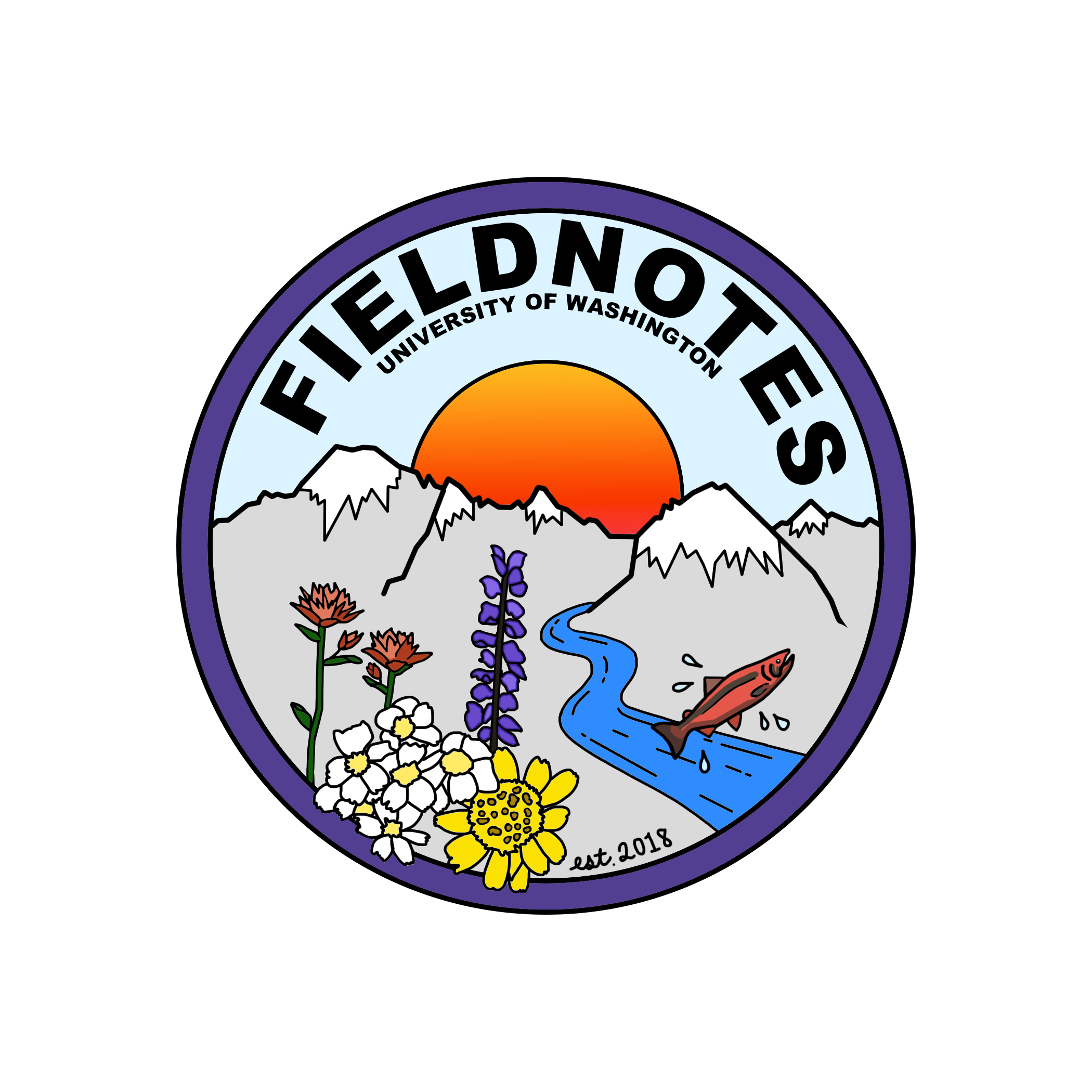To Save the Environment, We Need to Kill Our Lawns
By Aurora Nelson
Photo Credit: Andres Siimon
The freshly mown and well-watered green lawn is a staple in the idealized American suburb, and has a prominent history as a status symbol. But we need to rethink its place in our lives. Grass is the most irrigated crop in America—and it’s wasting our dwindling resources. Sure, lawns remove some carbon from the atmosphere, but the way they are maintained does more harm than good.
By the EPA’s estimates, a third of all public water is being used to water grass, which is especially alarming given how many regions of the U.S. are facing drought conditions. But even in places with an abundance of rainfall, lawns come with downsides. Using fertilizer on your turf produces nutrient-rich runoff that finds its way into water bodies, where it causes algae blooms and dead zones. Plus, there’s a carbon cost associated with producing synthetic fertilizer in the first place.
Lawn equipment is another source of pollution. Two-stroke mowers are especially harmful due to the fumes they release into the air. Even by simply opting to mow less, you can save money (have you seen those gas prices?) and reduce air pollution. If mowing is still a necessity for your property, you could also look into buying an electric mower instead.
So, what’s the alternative to clean cut grass? To design a lawn with maximum ecological benefits, focus on incorporating native plants. These can provide a safe habitat for local birds and insects, whose populations may be struggling. You can find detailed gardening guides online catered to your region, like this one focused on plants in the Pacific Northwest. A great choice for drier areas is xeriscaping, a landscaping practice that reduces or eliminates irrigation needs by emphasizing drought-tolerant plants such as cacti and succulents. Growing fruits and vegetables suited to your climate is another great way to save money, and eating locally grown food also helps cut down on carbon emissions.
Unfortunately, some communities have policies that forbid growing food in your own yard, or require you to keep your grass short. By encouraging others in your community to present the benefits of alternative lawn care to your local government, you can help the push for more naturalized lawns. Changes in one community can have widespread effects. For example, when a gardener in Maryland went up against her HOA, her story led to the governor introducing a pro-native gardening law to the entire state.
In our changing economy and climate, utilizing our land in ways that benefit local ecosystems is a great way to save ourselves money and help the environment. As with many actions, we need to get as many people as possible on board to have a significant impact. If you’re fortunate enough to live in a house with a sizable yard, reconsider the way you maintain it. If you’re not a homeowner, consider pitching a makeover to friends or family with too much grass on their hands. And throw your support behind your community when they petition the government to change restrictive lawn care laws. By changing the way we think about lawns, we can benefit ourselves, our communities, and the environment.

